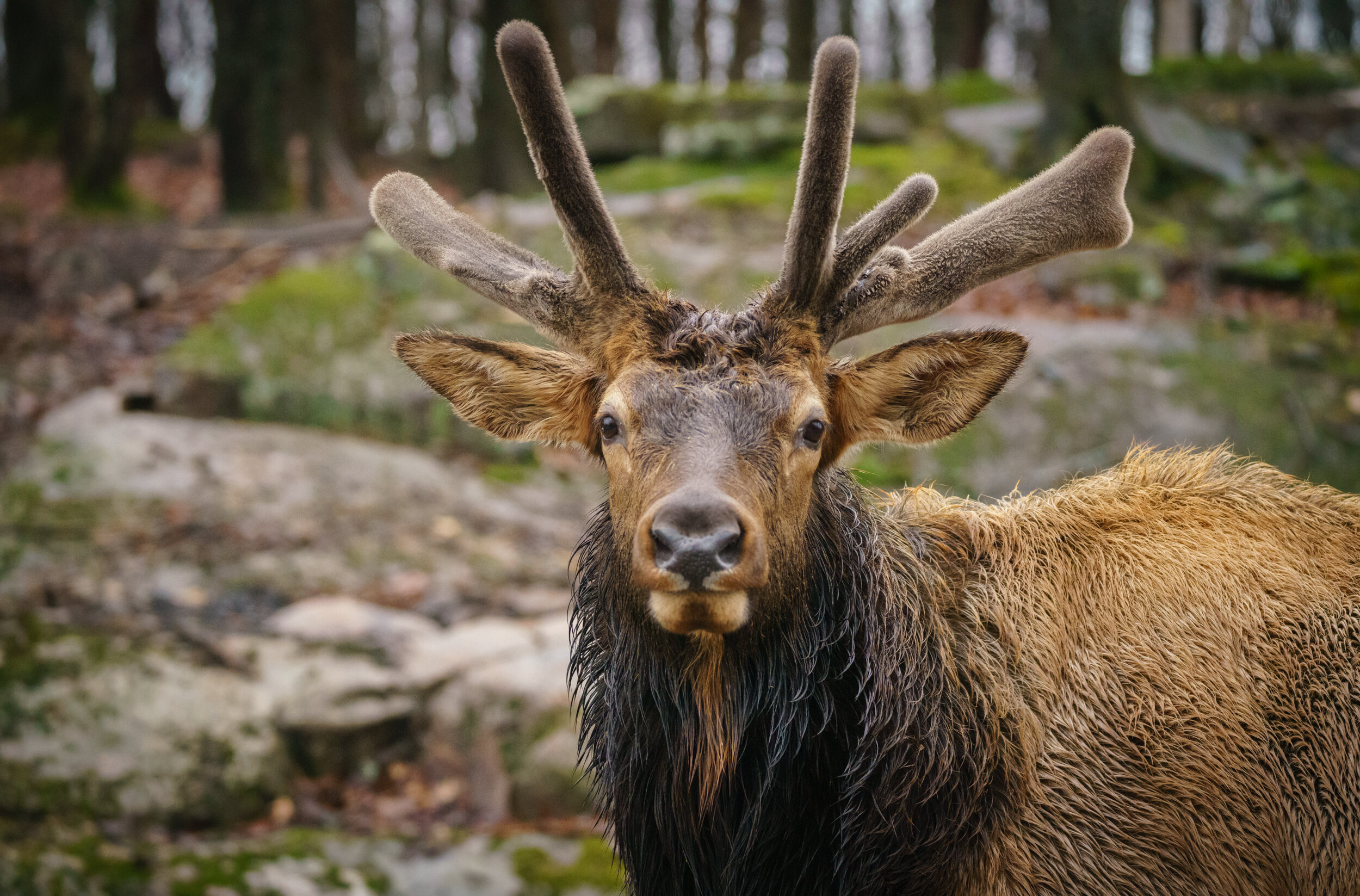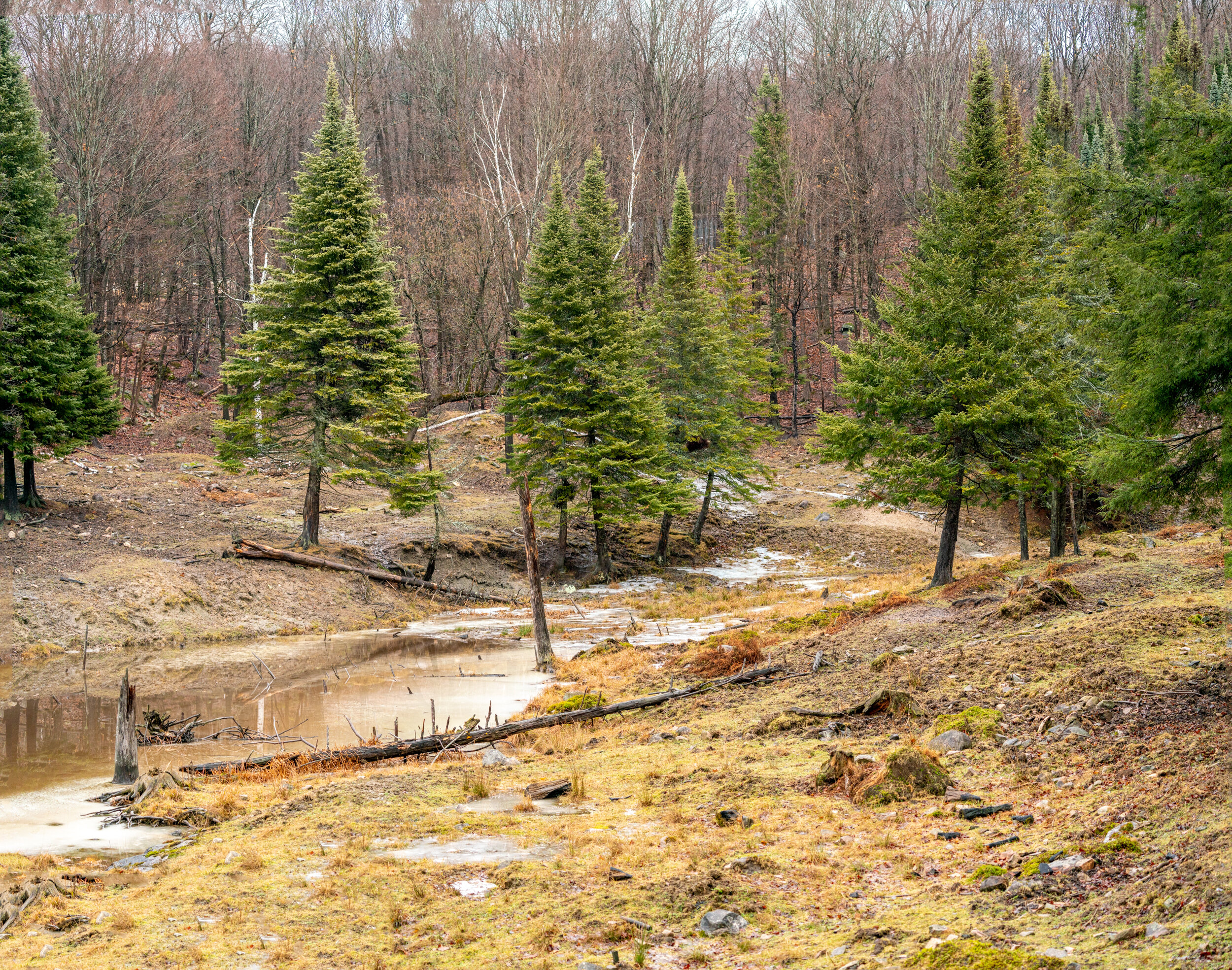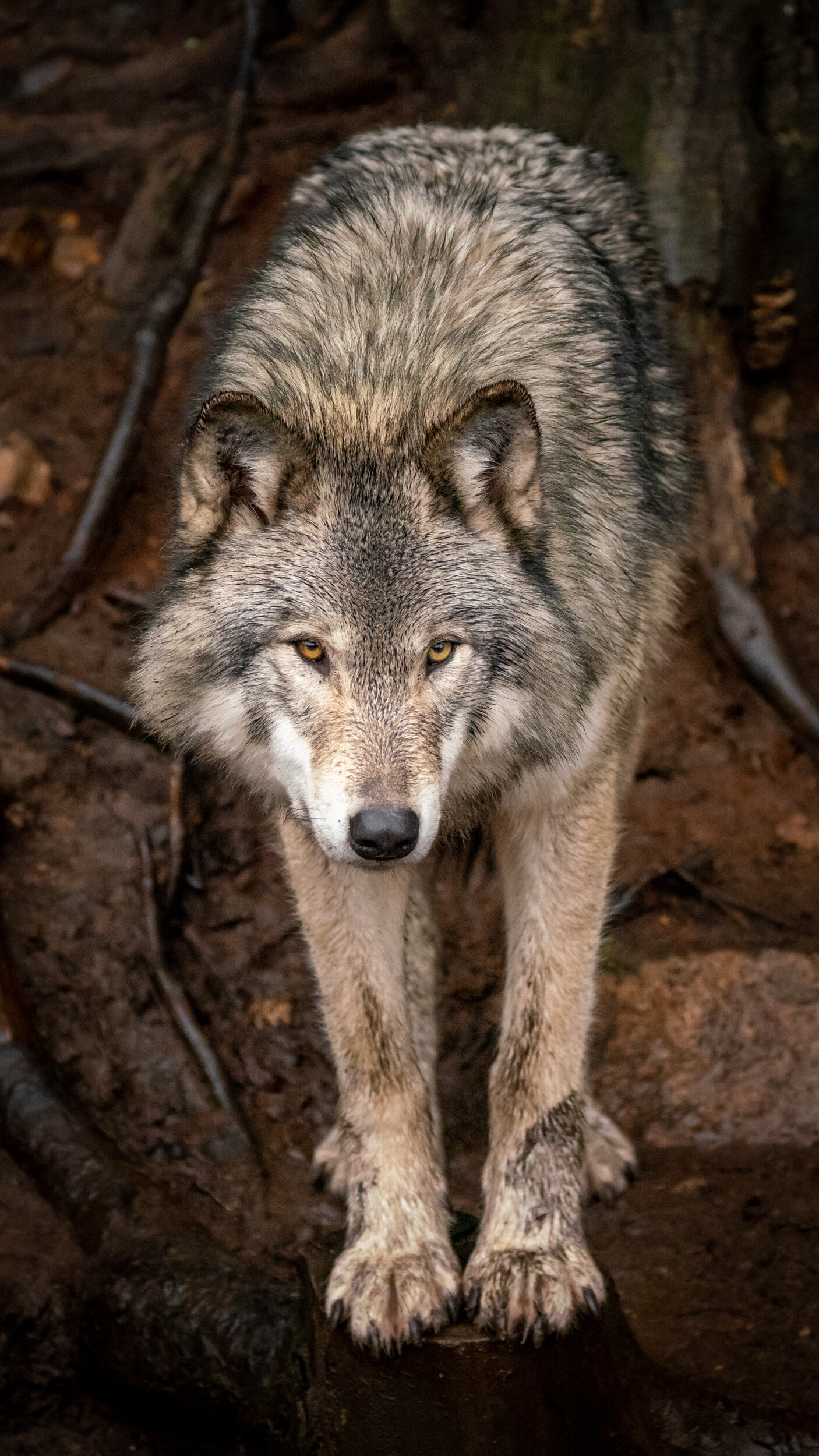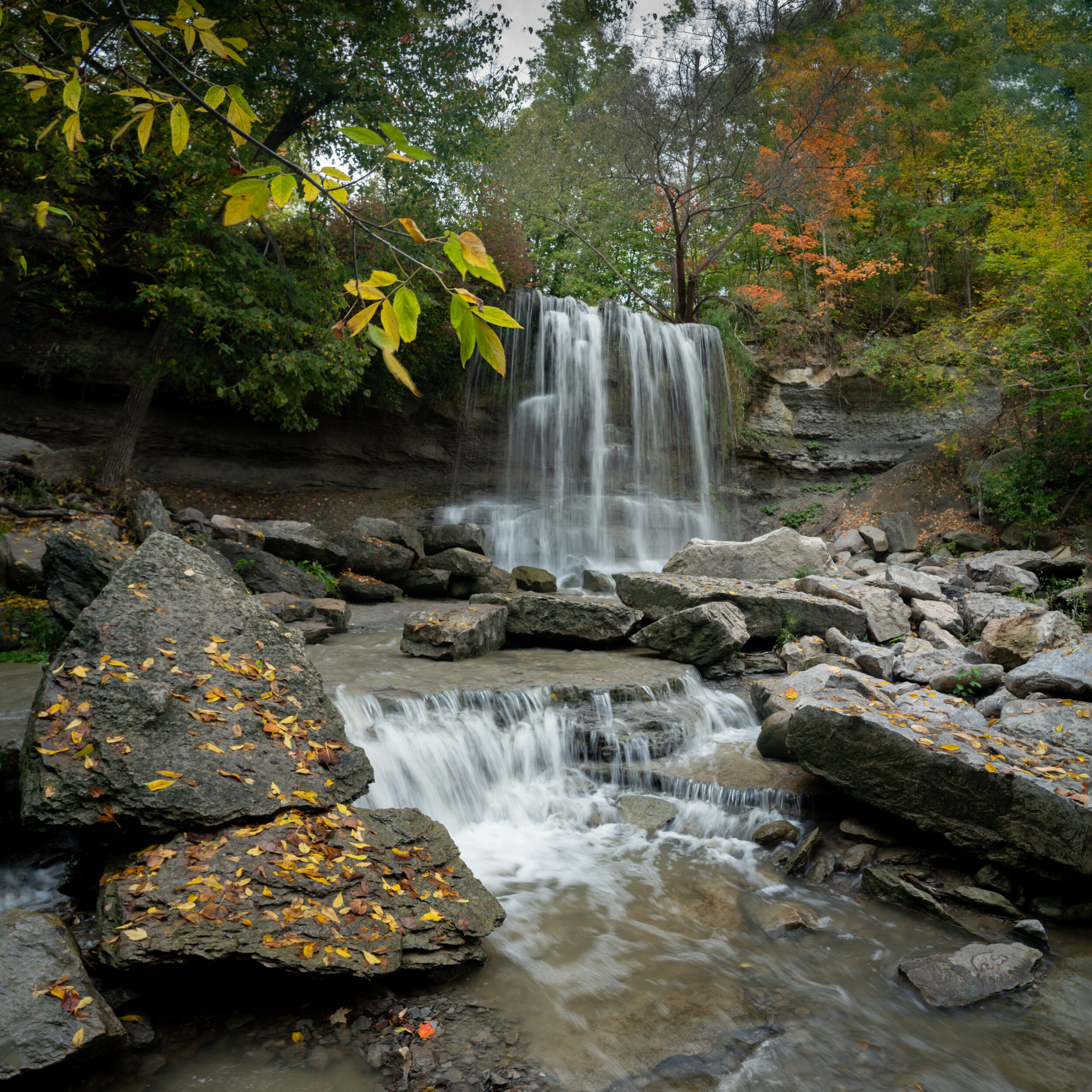PROCESSING
I very quickly eliminated DeepSkyStacker for calibrating and stacking my images. I tried all sorts of permutations and image formats (jpg, dng, tiff) but DSS just doesn't have the power to deal will the Sony A7RII images. So by eliminating DSS, it meant that StarTools was also off the table as that program does not do stacking. This left PixInsight. Several hours of YouTubing later, I came up with a very nicely processed image. I would recommend Richard Bloch. PixInsight is pretty complicated but I think he has the right approach and that you can get better results sooner by actually doing things manually rather than using the short cuts and batch processing options. A bit like learning how to do long division before you start using a calculator. :)
That said, I manually calibrated and stacked the images in PixInsight and processed the image. This took me about 9 hours.
The basic order of processing steps are:
- Crop
- Automatic background extractor
- Colour calilbration
- Manual histogram stretching
- Noise reduction
- Sharpen
- Contrast
- Saturation
I later researched that David Aldrich recommends doing noise reduction after colour calibration not after histogram stretching. He has a more in depth method for noise reduction which I might try next time.
I took the final tiff from PixInsight and did some more tweaking in Lightroom and GoogleNix. I did some more localised noise reduction and dodging and burning around M42. The start points effects was done in Topaz Star plugin. I really liked to be able to see how the stars are different colours. Red, orange, green, blue and white.
Next Target? Pleiades M45 and the Horse Head and Flame nebulae.



































































































